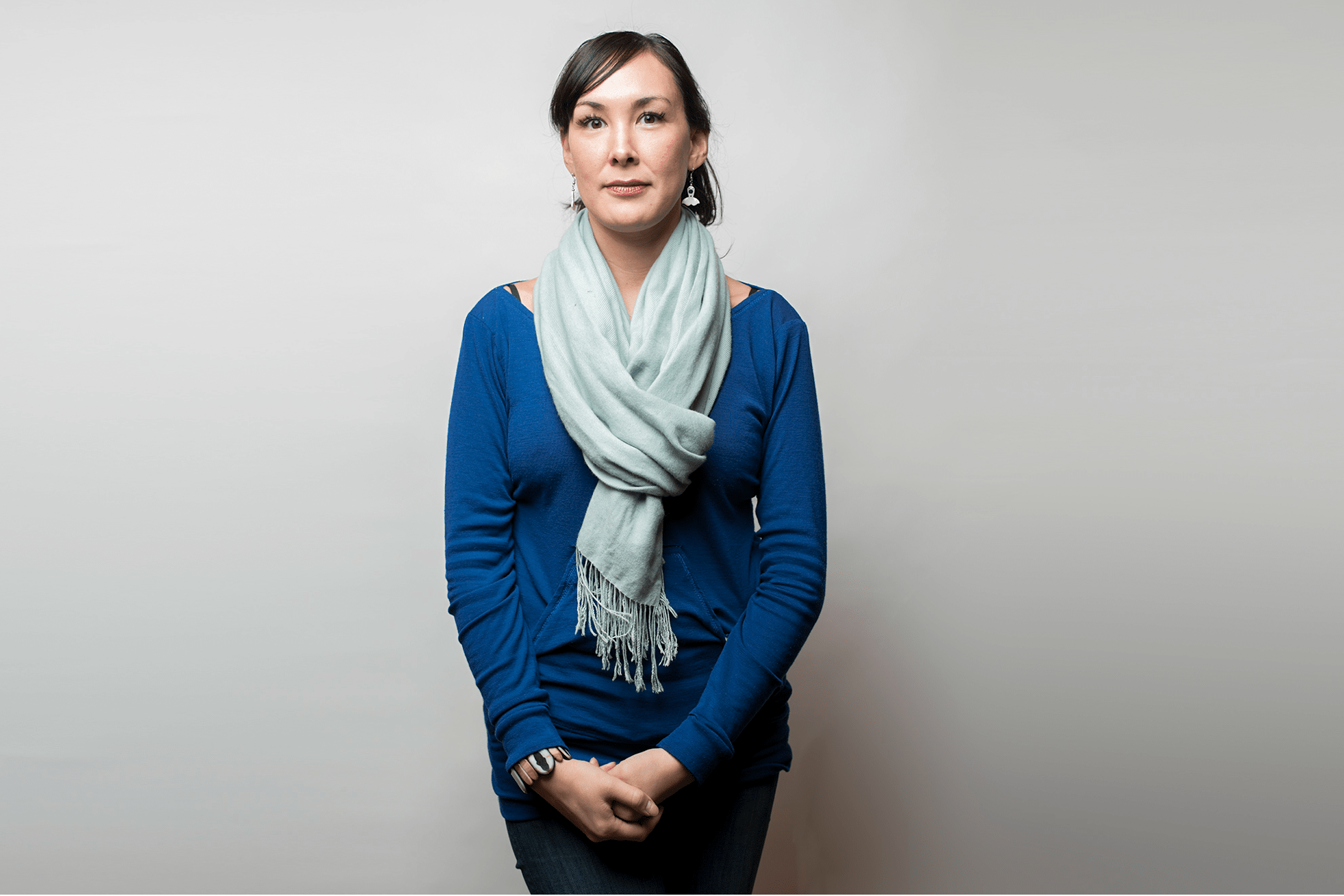In November 2017, the Internet Society hosted the inaugural Indigenous Connectivity Summit in Santa Fe, New Mexico. The event brought together community network operators, Internet service providers, community members, researchers, policy makers, and Indigenous leadership. One of the participants shared her story.
“‘Mom, did you have YouTube?’” Patuk Glenn recalls her six year old son asking. Glenn, who lives in Utqiaġvik – a city in Alaska north of the Arctic Circle – laughs as she remembers one of his first words: “loading,” thanks to the sluggish Internet speeds on the Arctic Slope. But things are changing, and soon. Fiber optic cable is going live in Glenn’s community and she has travelled to the Indigenous Connectivity Summit looking for lessons from other Indigenous communities. “We’re going from zero to one hundred overnight,” says Glenn. “How can we best prepare our people?”
It’s not just a question of digital literacy. Glenn’s looking for information on cybersecurity and entrepreneurship – as high-speed Internet opens avenues for economic development and for community members to share their own content with the rest of the world. Like many summit participants, Glenn sees connectivity as a pathway to enable education: not only unlocking online courses, but empowering self-education. “Even just having a question, and being able to Google the answer,” says Glenn. “It makes a huge difference.”
Let’s continue the conversation! Do you want to connect your Indigenous community or support Indigenous connectivity? The Indigenous Connectivity page includes ever-growing resources on topics including community networks, cultural preservation, and Indigenous-driven access. Our hope is to connect Indigenous communities all over the world. Join us!
Photo ©Minesh Bacrania
